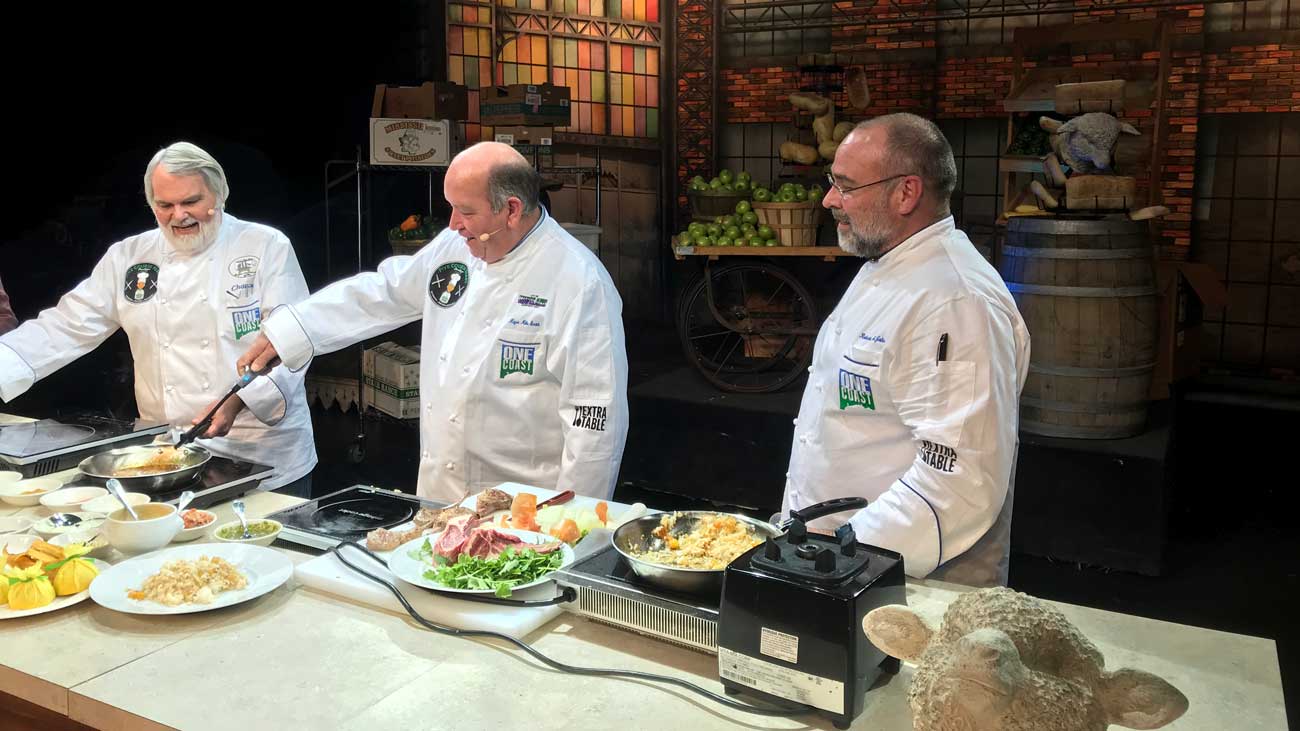It’s greening up around here.
The first stage of pollen has fallen and been washed away. Leaves are greener, days are warmer, and everything is in bloom. Spring is Mother Nature’s coming out party.
I always fall victim to EPS, early pollen syndrome. It’s similar to the first cold snap in the fall. In mid-October the weather gets brisk and I pull out all of the winter clothes thinking that I— like a New Englander— am about to be frolicking through the chilly neighborhood, kicking autumn leaves, sporting wool sweaters, and drinking hot chocolate. Then it is 72 degrees and raining on Christmas day and I am reminded that I live in the Deep South.
Nevertheless, EPS happens every year. I always get suckered in. The first wave of pollen falls and I think it’s over. It’s never over. Living in the Pine Belt of South Mississippi, one grows accustomed to billowing clouds of yellow fog wafting across lawns and roads. My sinuses, like Michael Corleone, get lulled into a dormant state, “Just when I thought I was out, they pull me back in!”
Pollen is the price we pay for a Mississippi spring and I am glad to ante up. Fall foods and winter foods never excite me. Spring is second only to summer in its culinary bounty.
We might have to deal with pollen in this part of the world, but the next time you are sneezing through watery eyes, remind your scratchy throat that you live only miles away from the warm waters where the best soft-shell crab on the planet are harvested. I can deal with two months of allergies if there are soft-shell crabs as my payday.
Spring also brings crawfish. It might be cool, clear, and crisp in Vermont this time of year. But if they’re eating crawfish they were sent from our neck of the swamp. Whether we are boiling them and serving them with corn and potatoes or topping them on fish dishes or baking them, crawfish are a harbinger to spring and a greater shellfish bounty to come.
The strawberries grown in this part of the country are sweeter than in other parts of the nation. I don’t know enough about soil conditions and acidity to know why they are better. But I don’t really care “why” they are better. I just know that they “are” better.
Asparagus is the queen of spring vegetables. It’s the one vegetable everyone in my family loves. It pairs easily with lemon, mustard, egg, butter, cream, olive oil, Parmesan cheese, mushrooms, new potatoes, vinaigrettes and several combinations of those ingredients.
Many people have a misconception about asparagus. I have served roasted asparagus— a go-to in my home-entertaining repertoire— and people have commented, “I usually don’t like asparagus, but this is really good.” After a little digging I usually find out that they have only eaten canned asparagus, which is possibly the worst tasting vegetable that can be canned. Even I hate canned asparagus, and I’ll eat anything.
Canned asparagus doesn’t taste like asparagus at all. Canned asparagus tastes like English peas. If I want something to taste like English peas, then I’ll just buy English peas. Speaking of English peas, guess what’s the best time of year for those little green jewels? You got it, spring.
Morel mushrooms are a spring delicacy and are perfectly paired with asparagus or peas when making a spring risotto.
Lamb is the king of spring. I have been eating lamb since, at four-years old, my family had to lie and tell me it was roast beef just so I would eat it. I loved it when I thought it was roast beef, and I loved it a few years later when they did the big reveal and let me know that I had been eating lamb once a month since kindergarten.
I cook lamb often. It’s a Sunday go-to dish for me. Though no matter how many times I cook it or how hard I try, I can never replicate my grandmother’s roasted leg of lamb. I have tried purchasing several different varieties from several different suppliers. I have altered cooking techniques and changed seasonings, all to no avail. I have resigned myself to the fact that it can’t be done.
There was no great secret. She ordered it from the food market a few blocks from her home and cooked it with no exotic seasonings or ingredients, but it is still, to this day, the gold standard of lamb for me. I’ve eaten lamb all over the world and none can compare to my grandmother’s.
So this spring, I will once again try to replicate my grandmother’s leg of lamb and serve it alongside fresh asparagus and an English pea and morel risotto. Odds are high that I’ll strike out again— almost as assuredly as the pollen will return.
Asparagus Risotto
In Italy, the locals say, “Rice is born in water, but dies in wine.” Italy is the largest rice producer in Europe, and most of it is planted in the Lombardy and Piedmont regions in the north. This version of risotto dies with a dry white wine, but it’s the asparagus and pesto that bring the dish to life
1 recipe Risotto, made with vegetable or chicken stock
2 TB Extra virgin olive oil
1 bunch Fresh asparagus, woody ends removed and sliced thin on a bias 1” in length
2 TB Shallot, minced
2 TB Dry white wine
1 cup Vegetable or chicken stock
¾ cup Pesto
1 cup Parmigiano Reggiano, shredded
1 TB Kosher salt
½ tsp Fresh ground black pepper
Heat the oil in a large skillet over medium heat. Add the asparagus and shallots and stir until tender, about 3-4 minutes. Deglaze with the wine and continue cooking for 2 minutes. Add the stock and bring to a simmer. Immediately add the cooked risotto, pesto and shredded cheese. Stir frequently until stock has been absorbed and the risotto is hot.
Divide among 6-8 bowls and finish with additional shredded cheese and extra virgin olive oil as needed.
Risotto
2 TB Extra virgin olive oil
¼ cup Shallot, minced
2 cups Arborio rice
½ cup Dry white wine
4 cups Stock (vegetable, chicken, seafood or combination), heated
2 tsp Kosher salt
Combine stock and salt in a sauce pot over low heat,
In a heavy bottom skillet, heat oil over medium heat. Add shallot and sweat for 1 minute. Add rice and toss to coat, stirring constantly for 2 minutes.
Add white wine and turn heat up, continuing to stir, and reduce until all wine has evaporated.
Reduce heat to low and slowly add hot stock, stirring occasionally to avoid sticking to the pan. Cook to desired texture.
Yield: 6 cups



